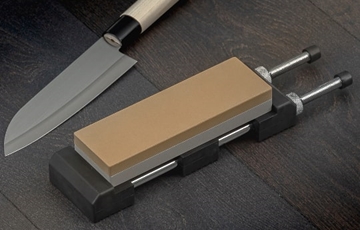Guide: Kitchen knives.
Here you can learn more about different knife types, materials, knife sharpening and get tips on how to best handle and store your knives.
Here you can learn more about different knife types, materials, knife sharpening and get tips on how to best handle and store your knives.
Whether you cook in your home kitchen or in a large commercial kitchen - the knife is the most used kitchen tool. Good kitchen knives make cooking easier and more pleasurable!
There are many different types of kitchen knives and it can be difficult to know which knives you need in your kitchen. Below we will find a list of 6 essential kitchen knives that will cover most of the raw materials and tasks in the kitchen.
A chef knife is a classic all-round knife that you can use for most tasks and raw materials in the kitchen. A chef's knife is characterized by a wide and long blade. The length of the blade can vary from 15cm up to 30cm.
A chef's knife is perfect for cutting, chopping or dicing fruits, vegetables and herbs. It is also great for cutting meat. We recommend to invest in a good chef knife.




Santoku knife is a a Japanese knife that can be used for many different products - meat, fish, poultry, vegetables and more. Compared to the chef knife, the santoku knife has a straight edge. This makes it easy to both chop and cut.
The knife is easy to work with and a good allround knife that suits both professional kitchen staff and home chefs.



The bread knife has a long serrated blade that allows you to easily slice and cut bread, baguettes and other products that have a crispy crust.
The bread knife can also be used for slicing big fruits and vegetables, e.g. watermelons and cabbages.


The Paring knife is a small and narrow knife that is well suited when you need to peel or chop fruits, vegetables and root vegetables. Paring knives often blade with a length of 8cm up to 12cm. The blade is straight and pointed.
The small size allows you to easily hold the raw material and the knife in the air as you work.



A fillet knife is a knife for filleting fish and meat. The fillet knife has a long, narrow and very sharp blade that makes it easier to filleting the raw material. You can also use the fillet knife to cut fat from meat.
The length of the blade makes it flexible so that you can easily follow along the bone and skin of the raw material.



Steel knives
Steel knives are the most common kitchen knives. The steel knives are available in several different sizes and models, which means that you can find something suitable for you. The blade of the steel knife is hard and easy to maintain with a knife grind. If the steel knife is indicated as stainless, the knife contains carbon and chromium to increase the rust protection. A common measure of steel hardness is HRC. Normally, the steel is between 56-58 HRC.
The steel knife needs to be maintained at regular intervals as after a while it loses sharpness. It is easy to maintain a steel knife with a knife sharpener. Steel knives should be washed by hand.
Ceramic knives
Ceramic knives are normally a slightly more expensive variant. Ceramic knives are tougher than steel knives and require less maintenance in the form of sharping the knife. The knives do not react with acids in food either, as steel knives do. Ceramic knives can also be washed in the dishwasher. This is due to the hardness of the material.
Despite its hardness, ceramic knives are fragile when used incorrectly. If you drop the knife in the ground or cut into frozen food or bone, the knife can easily break. Ceramic knives are difficult to maintain yourself the day it is needed. If you have a notch in the knife or it needs new sharpness on the blade, it is recommended to hand the knife to a knife sharpener. If you want to test sharpening the knife yourself, you need a diamond sharpening tool.
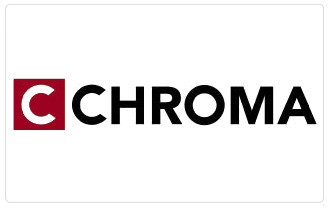



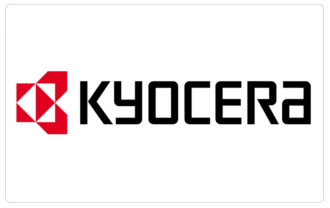
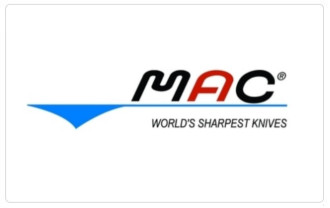
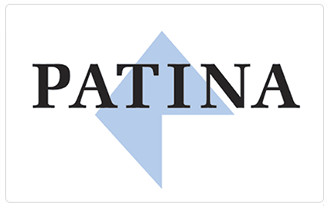




Kitchen knives can last for many years if you take good care of them. But without proper care, they can easily become dull and difficult to work with. Therefore, it is important to take good care of your knives so that they remain sharp and easy to work with. An easy way to take care of your knives is to sharpen your knives regularly.
The first thing you need to know when using knife sharpeners is that different knives have different sharpening angels depending on material.
Depending on what kind of knife you have, adjust the sharpening angle.
There are many different types of knife sharpeners and methods for sharpening knives. Below we will go through a few different methods and products that will help you get sharp knives.
A sharpening stone can be used to shapen and polish the edge of your knife. Sharpening stones are available in several different grit types depending on whether you are going to sharpen or polish your knife
There are also several variants depending on the manufacturer so read the product description and look for what you need in your kitchen.
Handheld knife sharpeners are popular because they are easy to use and allow you to get sharp knives easily. Compared to sharpening stones here, you do not have to worry about using the wrong angle etc. You sharpen the knife by pulling the knife back and forth in the sharpening tool.
There are different models of handheld knife sharpeners. Two of the most common types are:
The disadvantage of handheld knife sharpeners is that you usually cannot determine the angle yourself. There are sharpeners that focus on special types of knives eg. Japanese knives (10-15 degrees grinding angle) or European knives (20-25 degrees grinding angle).
Sharpening steels does not sharpening the edge - despite its name. It is a tool that is used to maintain an already sharp edge. The sharpening steel helps to hone the edge of your knife and keep the edge straight.
The easiest way to use a sharpening steel is is to hold the steel vertically against the work table and then slowly pull the knife horizontally.
It is important that you have the right angle when you pull the knife. Which angle you should have depends on the knife model. If you are going to sharpen a Japanese knife, you should have an angle of 10-15 degrees. If you want to sharpen a European knife, you should have an angle between 20-25 degrees.
Sharpening steels are available in several different materials. Ceramic or diamond sharpening steels are practical as it can be used on all types of knives. There are also steel sharpening steels, but they should only be used on European knives.
Take good care of your knives. Then they will last longer. Here are some handy tips on how to take care of your knives:
HANDWASH YOUR KNIVES
Never wash your knives in the dishwasher. It can destroy both the edge and properties of the knife. It can also damage your dishwasher. Always handwash your knives with water and dish detergent. Wipe the blade clean after washing. Your knives will thank you!
DO NOT STORE KNIVES LOOSE IN A DRAWER
Do not put your knives loose in a drawer. The knives can bump into other tools, which can destroy the edge and make the knife dull. Instead, store them in a knife block or magnetic strip.
If you need to have the kitchen knives in a drawer, we recommend that you buy an insert that allows you to safely store the knives.
USE THE BACK OF THE KNIFE WHEN SCRAPING
When you need to scrape vegetables and chopped ingredients, we recommend that you turn the blade around and scrape with the backside of the knife. This way you protect the edge of the knife.
USE PLASTIC OR WOOD CUTTING BOARDS
Cutting against hard surfaces can damage the edge. We recommend that you only use cutting boards made of either wood or plastic. Wooden and plastic cutting boards are gentler on the edge of the knife.
Also, remember to never cut frozen foods or bones.
Forfatter: Tingstad
Senest opdateret: 2023-11-29





